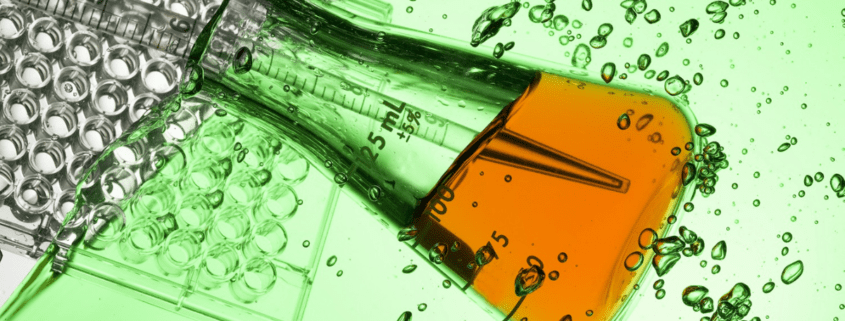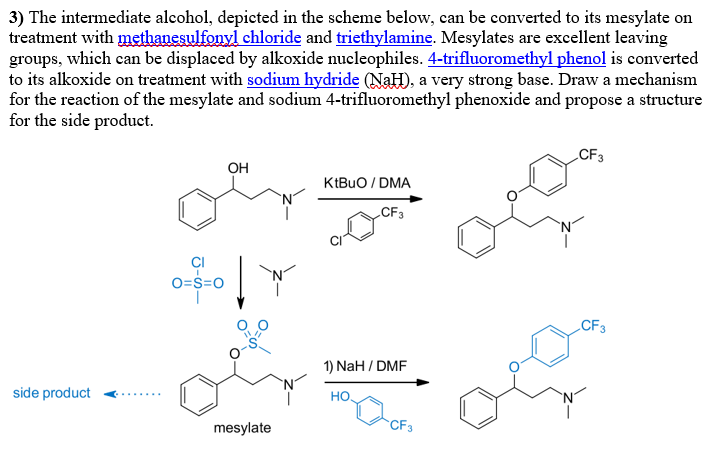

Hospitals pharmacies can compound prescriptions or run analyses with pure ethanol.
#METHYLATED SPIRITS VS DENATURED ALCOHOL HOW TO#
Lab students might use non-denatured ethanol to learn how to run GC or to conduct synthetic organic reactions. Hospitals, charity clinics, government labs and universities can qualify for tax-free usage with permit approval. Tax-free Alcohol is pure non-denatured 99.6% ethyl alcohol. If subject to excise tax, it is more expensive, but a permit may not be required. Non-denatured ethanol is at least 95% concentration and contains no co-solvents or additives. The isopropyl present in reagent grade ethanol might even aid paraffin infiltration. Successive solutions of 70%, 95% and 100% ethanol may facilitate dehydration. When ordering in a container more than 4 liters, you must file an application with the TBB unless you are qualified to receive bulk shipments.Įthanol enters the cell was through the lipid bilayer membranes in nanoseconds, interacting with the hydrophobic portions of the protein and quickly replacing water in the cell. SDA-3A can be obtained in small amounts for scientific uses without a permit. In industry, it can be used for manufacturing coatings, cosmetics, detergents, perfumes, pharmaceuticals, printing inks, polymer solutions, or vaccines. In educational settings, it is a popular solvent for conducting biochemistry or chemistry experiments. The TBB formula for reagent grade ethanol is SDA-3A.

If used for manufacturing, you must hold a permit as a specially denatured alcohol (SDA) user. Reagent grade ethanol, a type of specially denatured alcohol (SDA), is 200-proof ethanol that is denatured with 5% methanol and 5% isopropyl alcohol. A link to information on industrial (nonbeverage) alcohol is below: Unfit to drink, denatured ethanol is exempt from federal alcohol excise taxes for approved end-uses. Pure alcohol is non-denatured.ĭenatured alcohol can contain 70-99% ethyl alcohol and is most often denaturized with at least 5% methanol. An anhydrous ethanol solution can be denatured with 95% ethanol and 5% methanol, and it is still 200 proof. To concentrate ethanol to 99.5%, the water must be removed by molecular sieves, pressure-swing distillation, or another method.Ģ00 proof alcohol means that the ethanol does not contain water. Although ethanol boils at 78.2☌, and water boils at 100☌, the azeotropic mixture boils at lower temperature of 78.4☌. When ethanol reaches 95.6% concentration, it quits boiling separately from water, forming an azeotrope. The TTB, the Alcohol and Tobacco Tax and Trade Bureau, regulates the taxation, formulations, permitting and uses of both ethanol and undenatured ethanol.Įthanol intended for foods and fuels is typically produced by fermenting grains and distilling off the ethyl alcohol. Undrinkable, it is exempt from federal alcohol excise tax. Today, denaturized alcohol, or methylated spirits, might contain methanol, isopropyl alcohol, acetone, ketones, or other poisons. During Prohibition, even more toxic chemicals were added to alcohol to discourage drinking. Choosing the right type of ethanol, denatured or undenatured, is critical for cost, quality and safety.īy 1906, methanol, or wood spirits, was added to ethanol so it could be used for industrial purposes at lower tax rates. Since alcohol is also considered a drug, it is regulated by federal and state agencies. Due to its unique solvation properties, ethanol is used by oil extraction specialists, as a denaturant for tissue cultures, and even in universities to conduct lab experiments. Available in many concentrations, grades, and purities, it has applications in food, medicine, and manufacturing. Produced from the dawn of mankind, alcohol is ingrained in human history. Ethanol, or Ethyl Alcohol, is a clear, colorless, flammable liquid with high volatility.


 0 kommentar(er)
0 kommentar(er)
